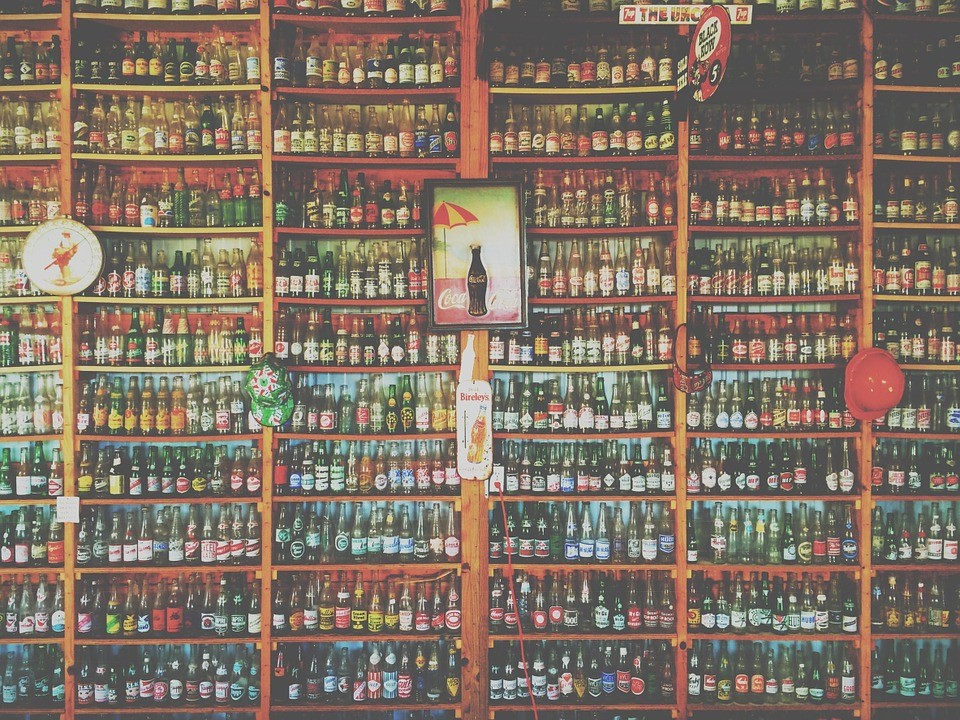From metal tins and glass bottles, to plastic bags and foil-lined packets, food packaging has come a long way in its relatively short history. We now have tens, if not hundreds, of packaging materials and designs at our finger tips, but it wasn’t always this way.
Let’s jump in our metaphorical time machine and take a look back at the history of food packaging over the last century.
Pre 20th Century Food Packaging
Hundreds of years ago food was mostly grown and produced locally and therefore, there was no need for packaging. Of course, luxury goods like sugar were the exception and were imported on ships in sacks or barrels.
The Early 20th Century
But as time went on, populations grew, industries advanced and transport of food became essential. The industrial revolution saw a large amount of innovations, including metal cans and cardboard boxes. Manufacturing processes vastly improved and there was a mutual belief among luxury goods suppliers that the quality of packaging should reflect the quality of their food inside.
Quality at this time meant long lasting and durable, so packaging was designed to have multiple functions. A great example of this was tobacco packs being used as lunch and picnic tins. However, despite dual-use properties, packaging at this time was very rigid and quite expensive to produce, therefore many sought better ways to protect and display their lovingly crafted produce.
The Great Depression saw the rise of the supermarket, which dramatically changed the face of food packaging as we knew it. Post World War Two, one-use materials were introduced into everyday life, such as foil and plastics. Gone were the days of local retailers weighing and hand-wrapping loose items, the introduction of stocked shelves was taking off and packaging was the store’s ‘silent salesman’.
Around this time, aniline printing technology (now known as flexography) was invented, which allowed realistic images to be printed on packaging. This rubber block printing technique was much more accurate than anything else previously used and therefore the food packaging industry saw considerably more elaborate designs quickly flooding the market.
There were also many innovations with aluminium and plastic during this time, with cheaper, more flexible packaging materials becoming more commonplace.
The 1950s to 1980s
Great strides were made during these three decades. The TV dinner was invented by Swanson for the busy working professional who served up their pre-prepared dishes in aluminium departmentalised trays. Polyethylene and polyethylene terephthalate were created for food bags and film covers too, whereas the design of aluminium cans was revolutionised with a simpler and more cost-effective design.
Despite being invented in the 50s, it wasn’t until the mid-70s that the first barcode scanner was installed at a supermarket. Since then, barcodes have developed to become an everyday familiarity for many of us.
The 1990s to Today
With the invention of the internet and digital technologies expanding greatly, global business became commonplace and no longer restricted to the mega brands. This meant there was more competition and packaging took on a more important role than ever, after all it was this that made your food item stand out amongst the rest on the shelf.
In 2008 labels and packaging began providing shoppers with even more information and resources by placing quick response (QR) codes on products. Easily scanned by a smart phone these direct the customer to an internet page holding anything from further product information, such as ingredients, to a competition run by the brand.
Throughout the early 21st century, many packaging companies and big food producers have grown a conscience and have begun looking for more ecological solutions to their packaging needs. Recyclable cartons and refillable jars have really taken off, and food retailers continue to come up with innovative solutions every day.
Read more: How to Make Your Packaging as ECO Friendly as Your Products
We don’t need to tell you about today’s packaging in 2016, but the future of the food packaging industry? That’s another blog post. Read all about the latest packaging trends in the following post…
Read more: Innovative Packaging Trends for 2016




